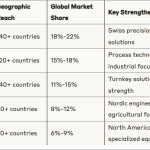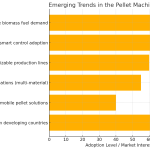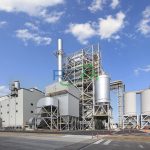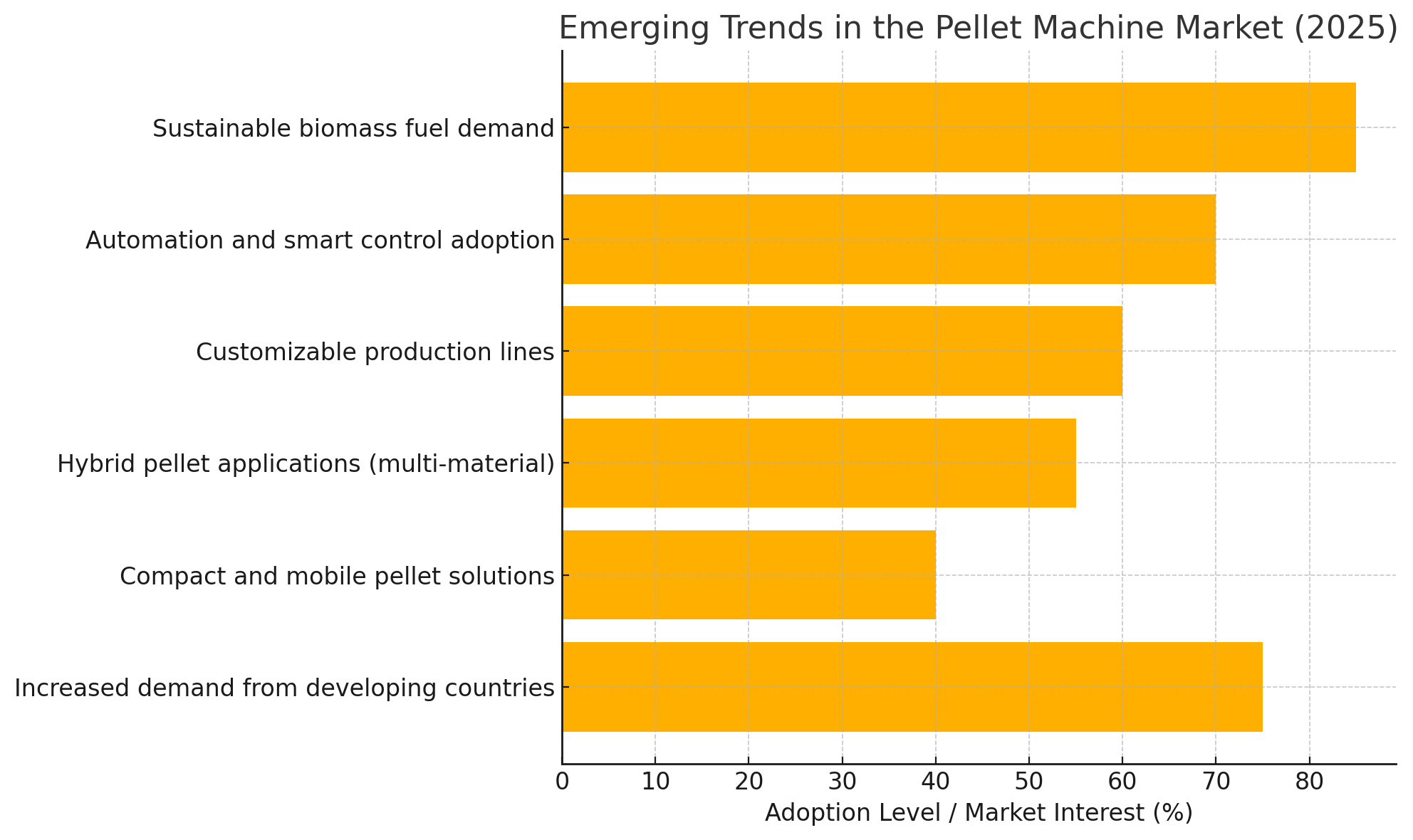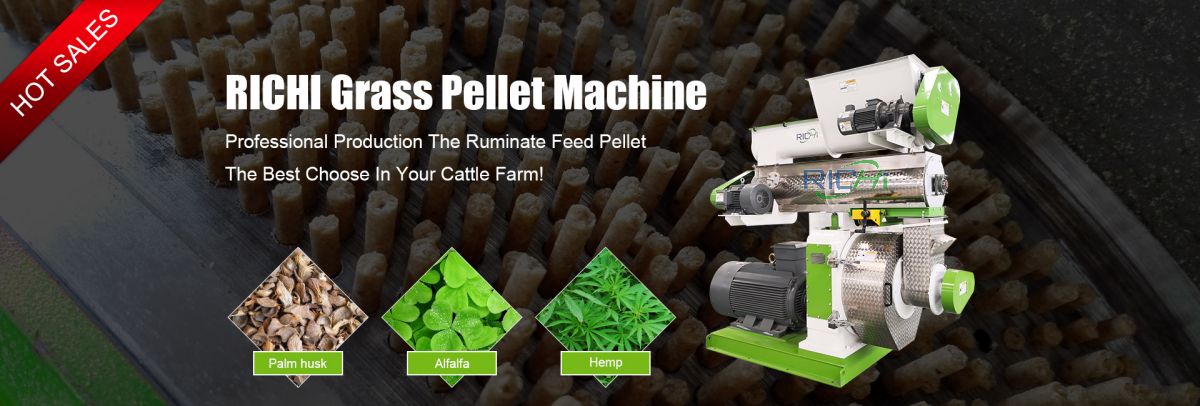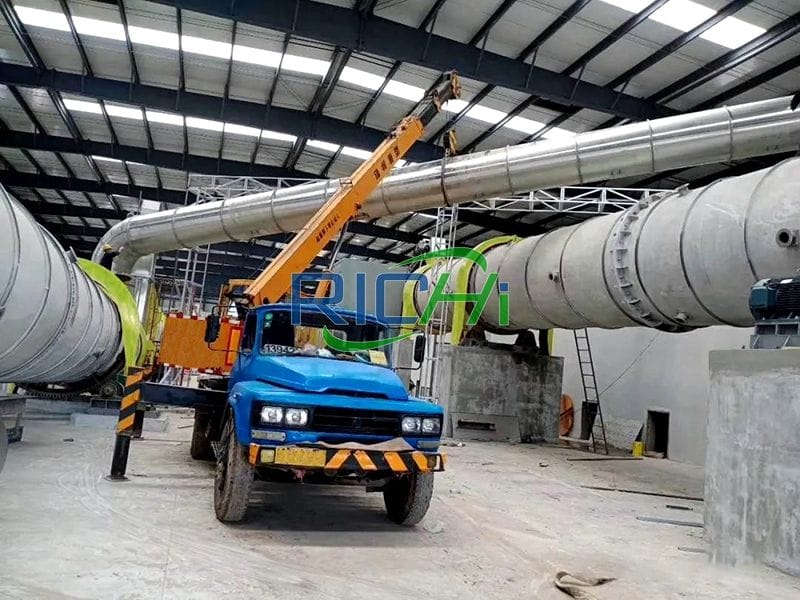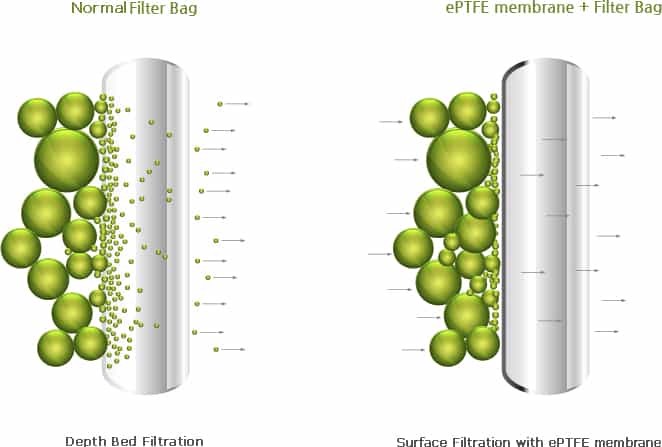1. Introduction
In the modern organic fertilizer production industry, the demand for high – efficiency, stable, and precise production processes has been increasing. Organic fertilizer pelletizers play a crucial role in transforming raw organic materials into market – ready granulated fertilizers. However, traditional manual – operated pelletizers often suffer from issues such as inconsistent product quality, low production efficiency, and high labor costs. To address these challenges, the development and implementation of an automation control system for organic fertilizer pelletizers have become essential. Such a system can optimize the operation of pelletizers, improve product quality, and enhance overall production efficiency. This article focuses on the design and implementation of an automation control system for organic fertilizer pelletizers.

2. Requirements Analysis of the Automation Control System
2.1 Process – Parameter Control
The organic fertilizer granulation process involves several key parameters that need to be precisely controlled. These parameters include the rotation speed of the main components (such as rollers in compression pelletizers or screws in extrusion pelletizers), the feed rate of raw materials, the temperature and humidity of the raw materials (if applicable), and the pressure applied during granulation. For example, in a compression pelletizer, the rotation speed of the rollers affects the production rate and the quality of the pellets. A too – high rotation speed may lead to unevenly formed pellets, while a too – low speed reduces production efficiency. Therefore, the automation control system should be able to adjust these parameters in real – time according to the production requirements.
2.2 Equipment Status Monitoring
To ensure the stable operation of the organic fertilizer pellet making machine, the automation control system needs to continuously monitor the status of the equipment. This includes monitoring the temperature of the motors, the vibration levels of the main components, and the wear conditions of parts such as dies and rollers. Abnormal temperature or vibration may indicate potential equipment failures, such as bearing wear or motor overheating. By promptly detecting these issues, the control system can take preventive measures, such as automatically reducing the load or shutting down the equipment to avoid serious damage.
2.3 Safety – Protection Function
Safety is of utmost importance in any industrial production process. The automation control system for organic fertilizer pelletizers should be equipped with a comprehensive safety – protection function. This includes emergency stop buttons, safety interlocks to prevent unauthorized access to moving parts, and over – current and over – voltage protection for electrical components. In case of an emergency, the control system should be able to quickly stop all operations to protect the safety of operators and equipment.
2.4 Data Acquisition and Management
The control system should also be capable of acquiring and managing data related to the production process. This data can include production quantity, energy consumption, and the quality parameters of the produced pellets. By analyzing this data, manufacturers can gain insights into the production efficiency, identify areas for improvement, and make informed decisions to optimize the production process. For example, by analyzing the energy – consumption data, manufacturers can find ways to reduce energy waste and lower production costs.
3. Design of the Automation Control System
3.1 Hardware Design
Programmable Logic Controller (PLC)
The core of the automation control system is a Programmable Logic Controller (PLC). PLCs are widely used in industrial automation due to their high reliability, flexibility, and ease of programming. In the case of organic fertilizer pelletizers, the PLC is responsible for receiving input signals from various sensors (such as speed sensors, pressure sensors, and temperature sensors), processing these signals, and sending out control commands to actuators (such as motors and valves). For example, the PLC can adjust the rotation speed of the main motor based on the feedback from the speed sensor to maintain a constant production rate. (Related post:organic fertilizer production plant cost)
Sensors
A variety of sensors are used to monitor the process parameters and equipment status. Speed sensors are installed on the main drive shafts to measure the rotation speed of components like rollers and screws. Pressure sensors are used to detect the compression pressure in compression pelletizers or the back – pressure in extrusion pelletizers. Temperature sensors are placed on motors, bearings, and other heat – generating components to monitor their temperature. Humidity sensors can be used to measure the moisture content of the raw materials if it needs to be controlled. These sensors convert physical quantities into electrical signals that can be easily processed by the PLC.
Actuators
Actuators are devices that carry out the control commands issued by the PLC. In the organic fertilizer pelletizer system, actuators mainly include variable – frequency drives (VFDs) for controlling the speed of motors, solenoid valves for controlling the flow of materials or the operation of certain mechanical parts, and hydraulic or pneumatic cylinders for applying pressure. For example, a VFD can adjust the speed of the main motor according to the control signal from the PLC, enabling precise control of the rotation speed of the rollers or screws.
3.2 Software Design
Programming Language
The software of the PLC is usually programmed using ladder logic, which is a graphical programming language widely used in industrial automation. Ladder logic uses symbols and connections to represent logical operations, making it easy for engineers with a background in electrical engineering and automation to understand and program. In the automation control system for organic fertilizer pelletizers, ladder – logic programs are written to implement functions such as process – parameter control, equipment – status monitoring, and safety – protection.
Human – Machine Interface (HMI)
A Human – Machine Interface (HMI) is an important part of the software design. The HMI provides a user – friendly interface for operators to interact with the automation control system. Through the HMI, operators can set process parameters, monitor equipment status in real – time, and receive alarm messages. The HMI can be a touch – screen panel or a computer – based interface. It displays real – time data in graphical or numerical forms, such as the current rotation speed, feed rate, and pressure. Operators can also use the HMI to start, stop, or adjust the operation of the pelletizer.
Data – Acquisition and Management Software
To manage the data collected during the production process, additional data – acquisition and management software can be integrated with the PLC system. This software can store data in a database, perform data analysis, and generate reports. For example, it can calculate the average production quantity per hour, the energy consumption per unit of product, and the quality – compliance rate of the pellets. The data – management software can also provide historical data for trend analysis, helping manufacturers to identify long – term changes in the production process and make strategic decisions.
4. Implementation of the Automation Control System
4.1 Installation and Wiring
The first step in implementing the automation control system is the installation of hardware components. PLCs, sensors, actuators, and other devices need to be installed in appropriate locations on the organic fertilizer pelletizer. Sensors should be installed in positions where they can accurately measure the relevant physical quantities. For example, speed sensors should be installed close to the rotating shafts, and pressure sensors should be installed in the pressure – bearing parts of the equipment. After installation, proper wiring is crucial to ensure the reliable transmission of signals between components. Wiring should follow electrical – safety standards and be organized neatly to facilitate maintenance.
4.2 Calibration and Commissioning
Once the hardware is installed and wired, calibration of the sensors and actuators is necessary. Sensors need to be calibrated to ensure accurate measurement of physical quantities. For example, pressure sensors should be calibrated against a known pressure standard to ensure that the pressure values displayed on the HMI are accurate. Actuators also need to be calibrated to ensure that they respond correctly to control commands. After calibration, the automation control system is commissioned. During commissioning, the system is tested under different operating conditions to ensure that all functions work as designed. This includes testing the process – parameter control, equipment – status monitoring, and safety – protection functions. (Related project:15-18T/H Bio Organic Fertilizer Production Line In Brazil)
4.3 Operator Training
To ensure the proper use of the automation control system, operator training is essential. Operators should be trained on how to use the HMI to set process parameters, monitor equipment status, and respond to alarm messages. They should also be familiar with the basic principles of the automation control system and the functions of different components. In addition, operators should be trained on safety procedures to prevent accidents during operation. Regular training and refresher courses can help operators stay updated on the latest features and functions of the control system.
5. Benefits of the Automation Control System
5.1 Improved Product Quality
The automation control system can precisely control the process parameters, resulting in more consistent product quality. For example, by accurately controlling the rotation speed and pressure in a compression pelletizer, the size, shape, and density of the pellets can be made more uniform. This is beneficial for meeting the quality requirements of different markets and customers. In addition, the system can quickly detect and correct any deviations in the production process, reducing the number of defective products.
5.2 Enhanced Production Efficiency
Automation reduces the need for manual intervention, which can significantly improve production efficiency. The control system can continuously monitor and adjust the operation of the pelletizer, ensuring that it operates at an optimal level. For example, it can automatically adjust the feed rate according to the production rate, maximizing the utilization of the equipment. In addition, the system can quickly respond to changes in production requirements, reducing the time required for production adjustments.
5.3 Reduced Labor Costs
With the implementation of the automation control system, the number of operators required to operate the organic fertilizer pelletizer can be reduced. Manual tasks such as adjusting process parameters, monitoring equipment status, and handling minor equipment problems can be automated. This not only reduces labor costs but also minimizes the risk of human – error – related production issues.
5.4 Energy Savings
The automation control system can optimize the operation of the pelletizer to reduce energy consumption. By adjusting the rotation speed of motors and other components according to the actual production needs, unnecessary energy waste can be avoided. For example, during periods of low production demand, the system can reduce the speed of the main motor, saving energy without sacrificing production quality.
6. Case Study of an Organic Fertilizer Plant
A medium – sized organic fertilizer plant implemented an automation control system for its compression pelletizers. Before the implementation, the plant faced problems such as inconsistent pellet quality, low production efficiency, and high labor costs. After installing the automation control system, significant improvements were observed. The quality of the pellets became more stable, with a reduction in the proportion of defective products by about 20%. The production efficiency increased by approximately 30%, as the system could optimize the operation of the pelletizers in real – time. Labor costs were reduced by 40% as fewer operators were required. In addition, energy consumption decreased by about 15% due to the optimized operation of the equipment.
7. Conclusion
In conclusion, the design and implementation of an automation control system for organic fertilizer pelletizers can bring numerous benefits to the organic fertilizer production industry. By precisely controlling process parameters, monitoring equipment status, ensuring safety, and managing data, the system can improve product quality, enhance production efficiency, reduce labor costs, and save energy. Through proper hardware and software design, installation, calibration, and operator training, the automation control system can be successfully implemented in organic fertilizer plants. As technology continues to advance, more advanced automation control systems for organic fertilizer pelletizers are expected to emerge, further promoting the development of the organic fertilizer production industry.

